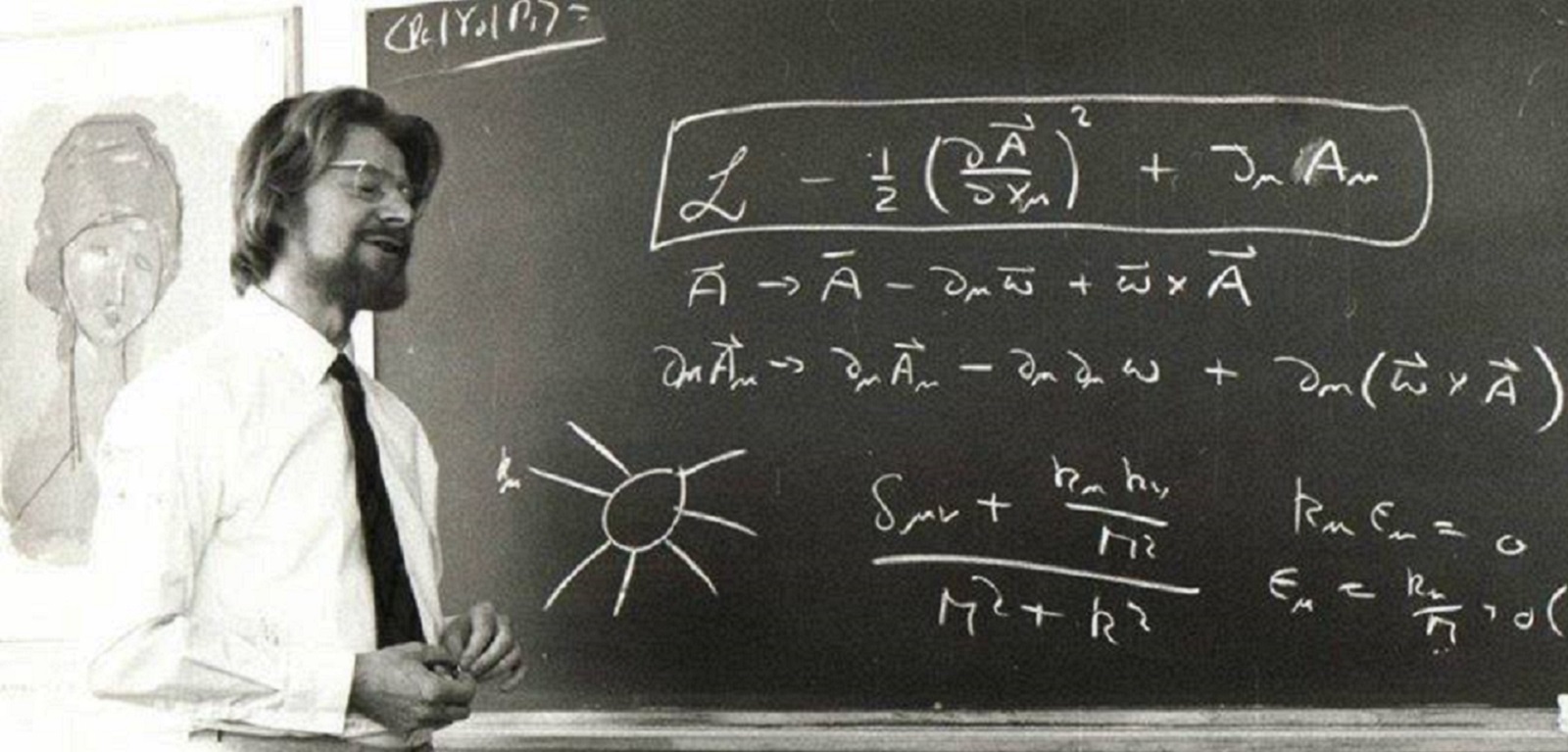Vote for Queen's scientist John Stewart Bell to feature on £50 note
As we mark John Bell Day on Monday 5 October, staff, students and the Northern Ireland public are asked to vote for famous Belfast quantum physicist John Stewart Bell to feature on the Bank of England's new £50 note.

Queen’s University Belfast and the Royal Irish Academy are calling on staff, students and the wider public to vote for John Stewart Bell, one of the most outstanding scientists to have come from Queen’s, to feature on the new £50 note following a call from the Bank of England for the public to make nominations for eminent late scientists on the Bank's website over the next six weeks.
The opening of nominations is timely for those wishing to put Bell's name forward for the honour as we mark John Bell Day on Monday 5 November 2018.
In 1928, John Stewart Bell was born into a working-class family who lived on Belfast’s Tates Avenue. His parents couldn’t afford to send him to grammar school so, when he missed out on a scholarship at the age of 16, he left education and began working in Queen’s University Belfast’s Physics department as a laboratory technician.
It was here that Bell’s true potential was recognised and he was encouraged by his colleagues to resume his studies. During his time at Queen’s he completed not one but two degrees - in Experimental Physics and Mathematical Physics - before going on to gain a PhD in Physics at the University of Birmingham. He left Belfast in 1949 and worked for the Atomic Energy Research Establishment at Malvern and Harwell before moving to CERN (The European Nuclear Research Centre) in Geneva, where he worked for some 30 years until his death in October 1990.
Over fifty years ago, Bell published a theorem that ultimately demonstrated that Einstein’s views on quantum mechanics were incorrect.
Bell’s Theorem has had a huge impact on the world as we know it, revolutionising everything from financial services to cyber security.
In 1988 Bell was awarded an honorary Doctor of Science by Queen’s for distinction as a theoretical physicist. At the ceremony, he was described as “an outstanding ambassador for Northern Ireland and this university”.
Please help John Stewart Bell gain the recognition he deserves.
How to vote for John Stewart Bell - 'The man who proved Einstein wrong':
- Visit the Bank of England’s voting site here.
- Check the Scientist and Deceased boxes.
- Enter his name: John Stewart Bell
- Submit your entry.
Nominations are open until 14 December 2018.
Bell’s Theorem
We asked Professor Mauro Paternostro to explain Bell’s theorem, which is now widely considered by physicists to be one of the most significant developments in quantum theory:
"What if two objects that are nowhere near each other could actually have a connection? This is called entanglement, coined by Schroedinger in 1935."The best way to explain this is to imagine them as twins. When one has an itchy scalp, the other one scratches their own head. In the same way, entanglement describes the particular connections held between two objects."
Professor Paternostro explains further:
"Take Aisha and Ben, for example. They each have one of two “entangled” objects and decide to travel to either side of the world. Aisha travels with hers to a beach in Miami while Ben’s takes off with his to enjoy the view from the top of a mountain in Mongolia.
Our intuition would be that nothing Aisha could do to her object could influence Ben’s. However, if Aisha decides to check her object by measuring the state of its physical configuration, this would have an effect on any measurement that Ben may now attempt on his. This is because in an entangled state, as with the analogy of the twins, the information is encoded, making them parts of a joint system."